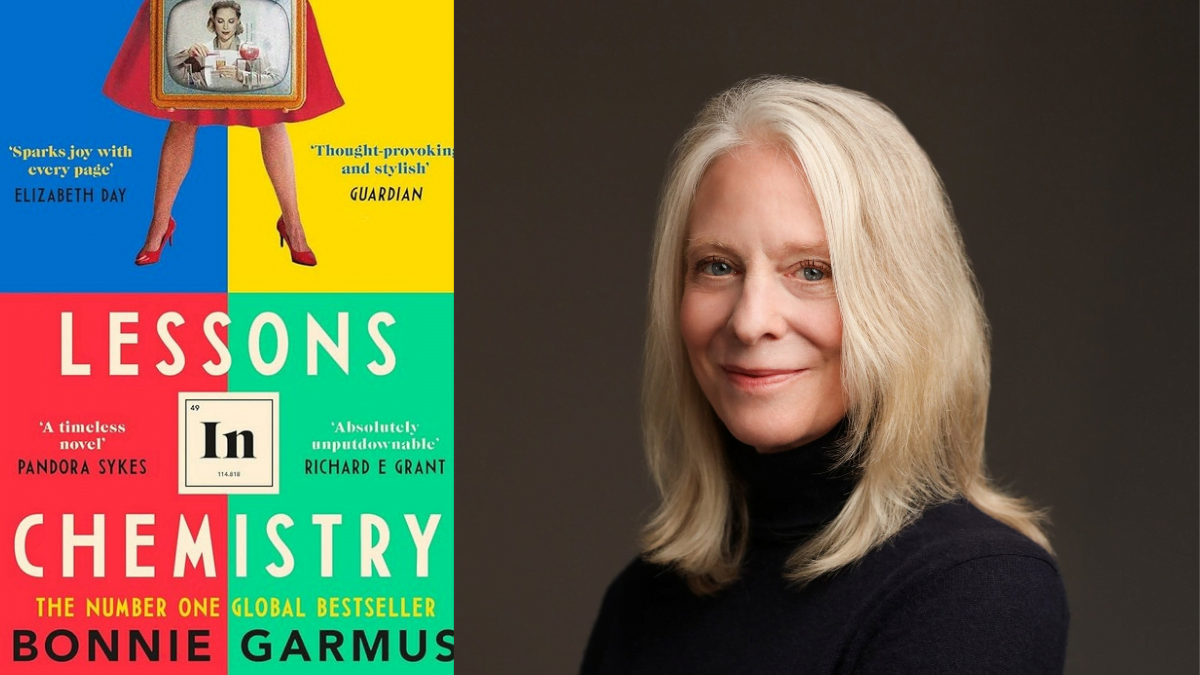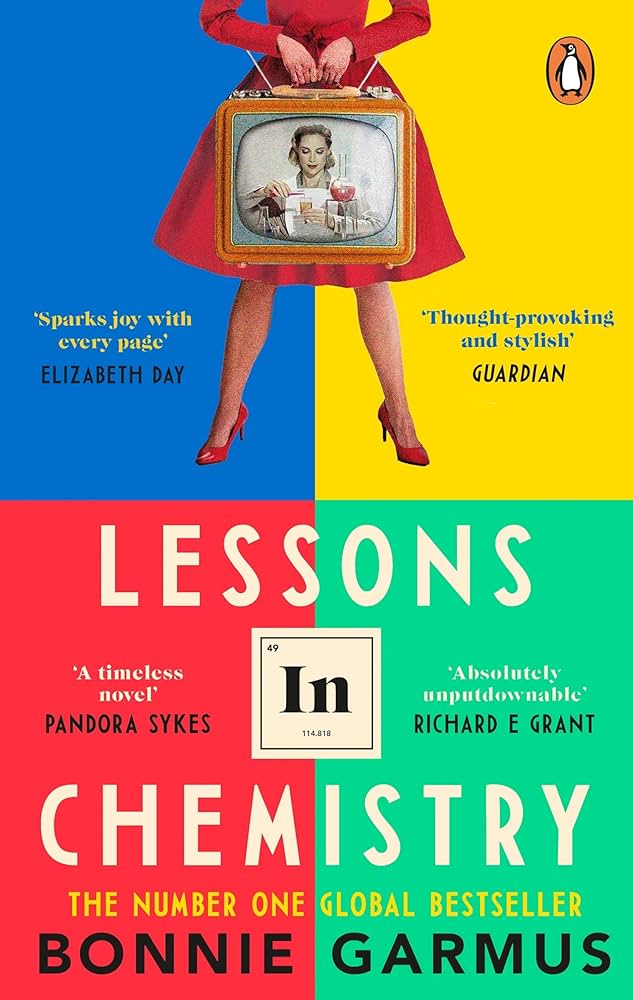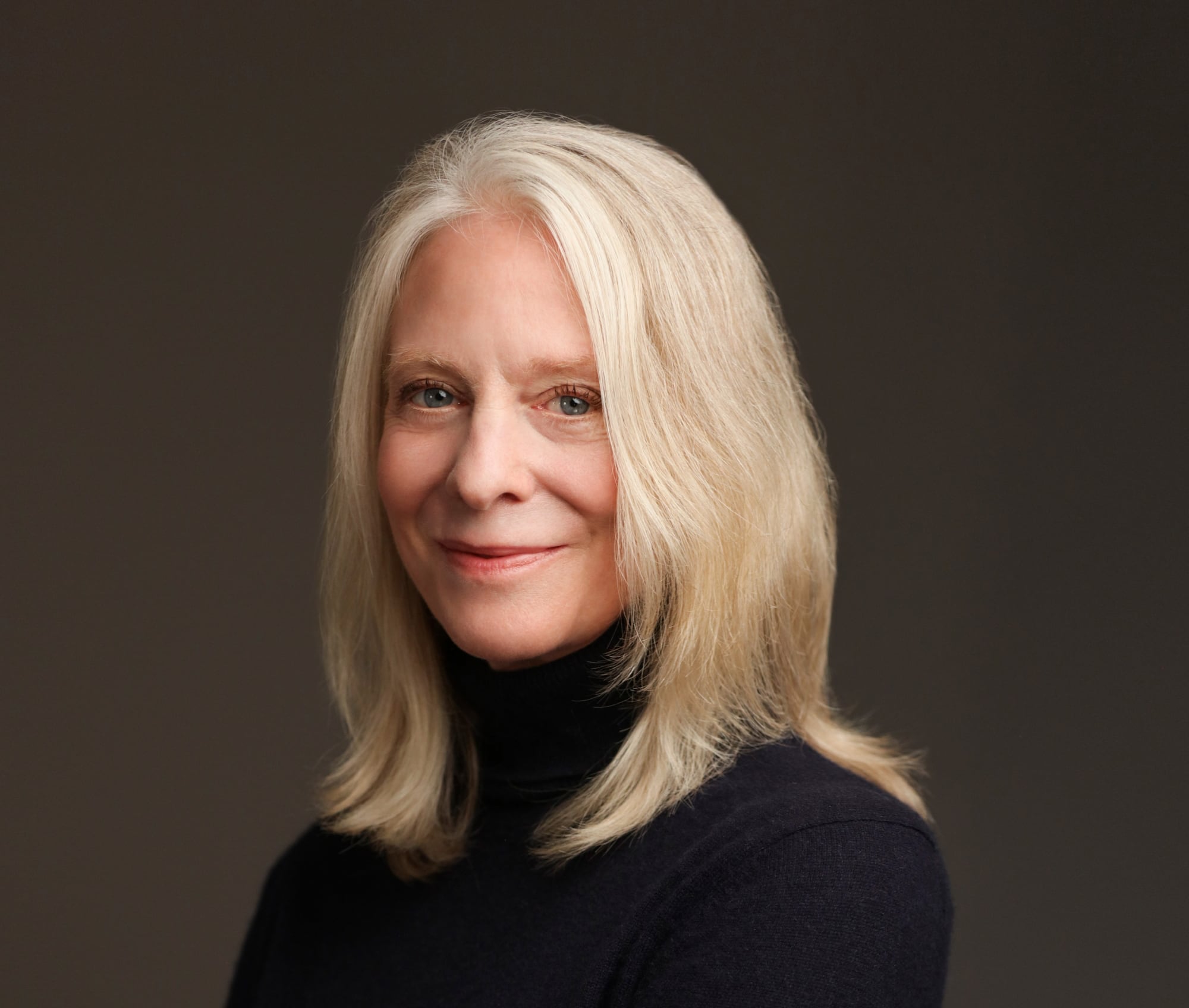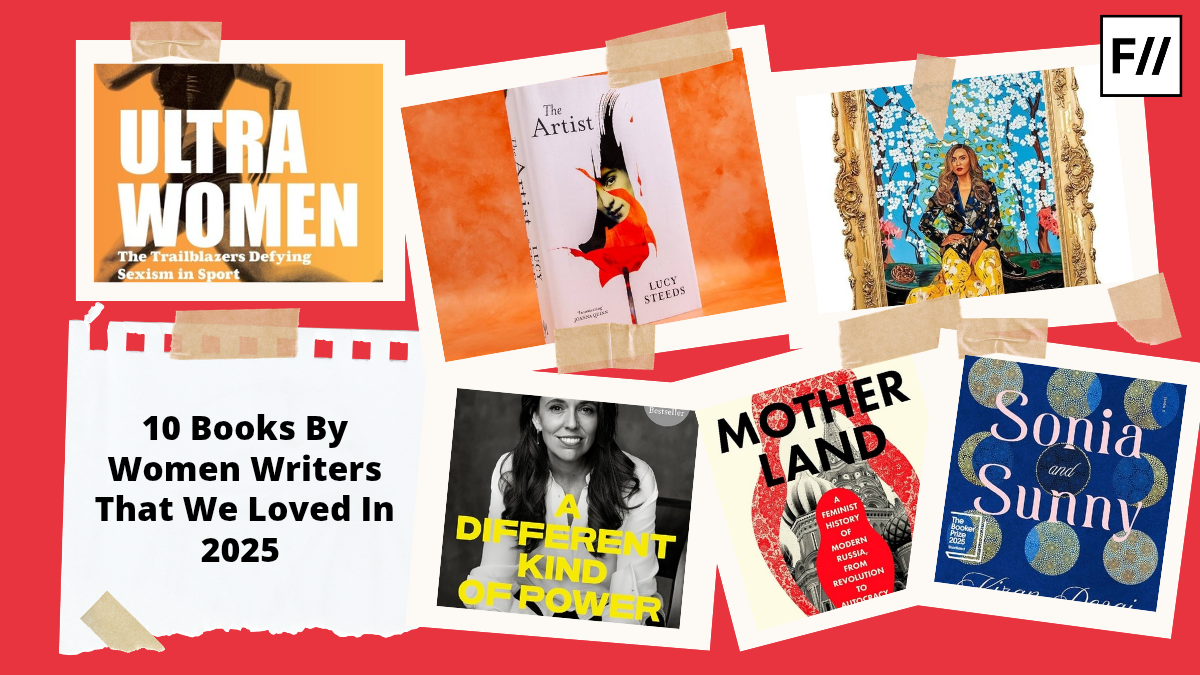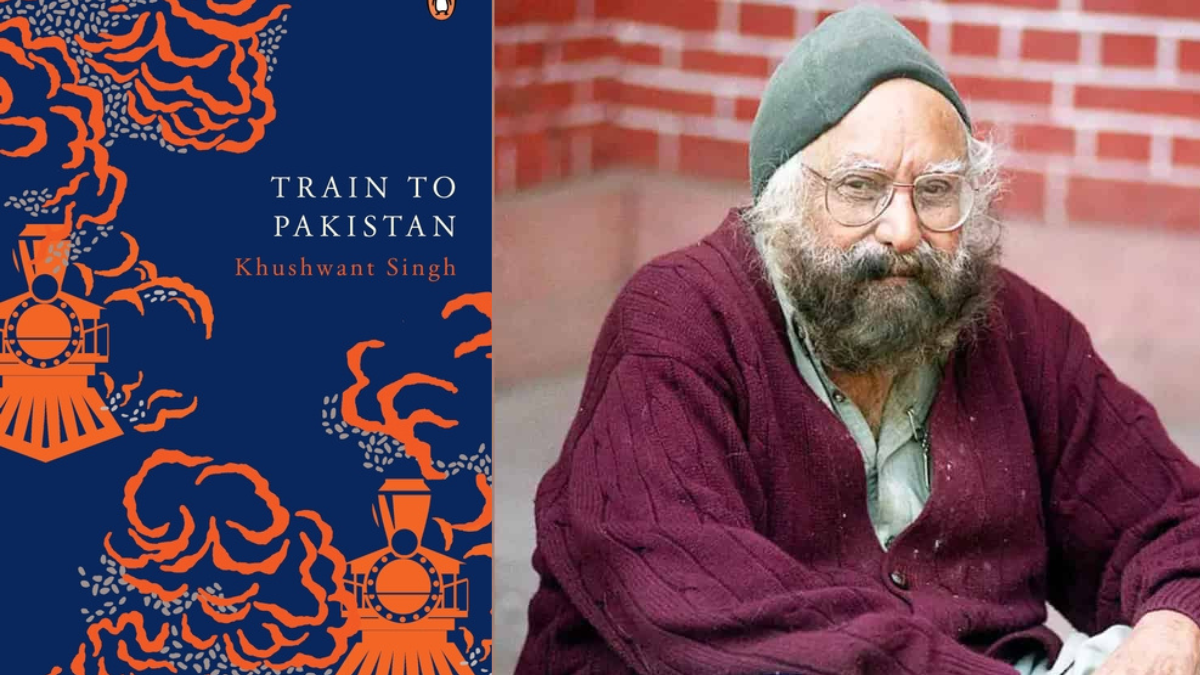Certain books are inescapable these days. The advent and ubiquity of the internet have made certain books appear to the forefront of what sometimes only appears to be a monopoly, and very rarely do these novels really live up to the hype.
Bonnie Garmus’ Lessons in Chemistry, however, is a powerhouse of a book filled with multitudes of ideas, characters and a wonderful plot, somewhat like a box rattling with fireworks, waiting to explode. The book is a historical fiction novel set in the 1950s and early 1960’s in America, before the second wave feminist movement.
Bonnie Garmus’ Lessons in Chemistry, however, is a powerhouse of a book filled with multitudes of ideas, characters and a wonderful plot, somewhat like a box rattling with fireworks, waiting to explode.
Lessons in Chemistry centres around protagonist Elizabeth Zott, chemist turned reluctant television star of the nation-wide famous cooking show- Supper At Six. Zott is a wonderful character. She’s strong willed, resilient, hard- working, but also possesses a great ability to love. The book goes back and forth in time, chronicling her life in that era.
As the novel opens in 1961, Zott is a strong willed single mother of a five year old girl and a star of a cooking show, made to cater to housewives. Zott is subversive in every essence. Each day, she ends her tv show with the same line: ‘Children set the table, your mother needs a moment to herself’. She becomes somewhat of a heroic figure to the women of America, creating an awareness and stirring levels of empathy among women.
Elizabeth initiates a quiet revolution, speaking to housewives about their own capacity for change. Her immersion and love for chemistry imply that she will be a wonderful cook, suggesting right, well balanced portions of wholesome meals, never making food that will take more than an hour to cook.
A sort of drawback about Lessons in Chemistry is that the marketing is misleading. The book covers sexual harassment several times, and offers no trigger warning whatsoever, despite it being very graphically described.
The whimsical tone of Lessons in Chemistry and the satirical comedy make the book compulsively readable. The novel also plays with the metaphor of chemistry- cooking as chemistry, romance as chemistry, and simply spontaneous volatility.
The novel also plays with the metaphor of chemistry- cooking as chemistry, romance as chemistry, and simply spontaneous volatility.
Through the course of the novel, Zott falls in love with fellow scientist, Calvin Evans, an extremely talented but kind young man, working at the same institution as her. Personally, the most wonderful aspect of Lessons in Chemistry was how empowering love was for her. She isn’t bound to the man she loves, nor does she feel a sense of duty towards him. But we see her be incredibly compassionate, and love with the wholeness of her heart. Both scientists are said to fuel each others’ passion and ambition, and also take care of each other as much as possible. Calvin Evans recognises this woman’s intelligence, and is not intimidated by it. He recognises her and sees her for who she is.

With respect to other characters, there’s her precocious daughter, Mad, who is relentless in discovering the truth about her deceased father and often the only one to challenge Elizabeth. Her neighbour, Harriet, who is desperate to escape her abusive household, becomes a nanny of sorts to Mad and often helps her see other perspectives while developing the courage to leave her husband. Walter Pine, the studio executive “discovers” Elizabeth and begs her to do the cooking show, while always trying to protect his female employees from his lecherous boss.
In terms of critique, Lessons in Chemistry isn’t flawless, despite being brilliant for a debut. The character perspectives often shift too often, despite the biggest hook being Elizabeth’s inner life. There exists a shard of magic- realism, wherein Elizabeth’s absolute genius dog, Six-Thirty, is given the opportunity to tell the story from his perspective which, though initially charming, starts to wear off and become tiring.
Unveiling the narrative of Lessons in Chemistry
The narrative as mentioned, unfolds with Elizabeth Zott, a woman whose intellect burns as brightly as the bunsen burners in her laboratory. Her passion transcends societal expectations and propels her even further into a world dominated by men. Garmus deftly navigates the complexities of Elizabeth’s character, portraying her not merely as a symbol of female empowerment but as a multifaceted individual with hopes, fears, and vulnerabilities.
Elizabeth’s journey is not solely defined by her career aspirations; it is also shaped by her relationships—with colleagues, mentors, and lovers.
Elizabeth’s journey is not solely defined by her career aspirations; it is also shaped by her relationships—with colleagues, mentors, and lovers. These interpersonal dynamics add depth to the narrative of Lessons in Chemistry, illustrating the interconnectedness of personal and professional spheres.
The chemistry of gender dynamics
Central to Lessons in Chemistry is the exploration of gender dynamics in the sciences. Garmus exposes the systemic barriers that hinder women like Elizabeth from fully realising their potential. Through subtle yet poignant scenes, she highlights the pervasive sexism that permeates academic institutions and workplaces, from dismissive remarks to outright discrimination. However, Garmus also celebrates the resilience of women who refuse to be confined by societal expectations, forging their own paths in pursuit of excellence.
The chemistry between Elizabeth and her male counterparts serves as a microcosm of larger societal attitudes towards women in STEM fields. Garmus skillfully navigates the tension between collaboration and competition, illustrating how gendered power dynamics can influence professional relationships. Yet, amidst the challenges and setbacks, Elizabeth remains steadfast in her determination to succeed, challenging conventional notions of femininity and intellect.
The art of ambition in Lessons in Chemistry
At its core, Lessons in Chemistry is a testament to the power of ambition—the driving force that propels Elizabeth forward in the face of adversity. Garmus explores the nuances of ambition, dissecting its motivations and consequences with precision. For Elizabeth, ambition is not merely a desire for personal success; it is a means of defying expectations and leaving a lasting impact on the scientific community. It means revolution. It means creating a space for herself, in a world that caters only to men.
However, ambition comes with a price. Garmus does not shy away from portraying the sacrifices Elizabeth must make in pursuit of her goals, whether it be personal relationships or societal acceptance. Yet, even in moments of doubt and disillusionment, Elizabeth’s unwavering commitment to her work serves as a beacon of hope, inspiring readers to embrace their own passions and pursue their dreams relentlessly.
Elizabeth’s unwavering commitment to her work serves as a beacon of hope, inspiring readers to embrace their own passions and pursue their dreams relentlessly.
In Lessons in Chemistry, Bonnie Garmus masterfully blends science and storytelling, crafting a narrative that is as intellectually stimulating as it is emotionally resonant. Through the lens of Elizabeth Zott, Garmus examines the intricate web of societal expectations, gender dynamics, and personal ambition that shape the lives of women in STEM.
Lessons in Chemistry is a sweet tale of revenge and revolution, beginning from Garmus’ own terrible day at office, where she worked as a copy-writer. She began writing the novel at work, on a day where her own boss unreasonably berated her. The incident, she says, made her wonder whether women had progressed at all since the 1960s.
Stemming from what she calls ‘constructive anger’, which appears to transcend from her life to the book, it is a testament to women all around the world.
About the author(s)
Treya covers art, culture, climate and the environment. She has aspired to be a journalist ever since she was little. She has reported for The Hindu and Deccan Chronicle among others and explores how feminism takes root in everyday life by leading sessions with young people on gender, digital safety and the "good girl" syndrome.
